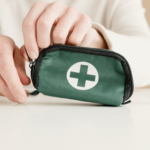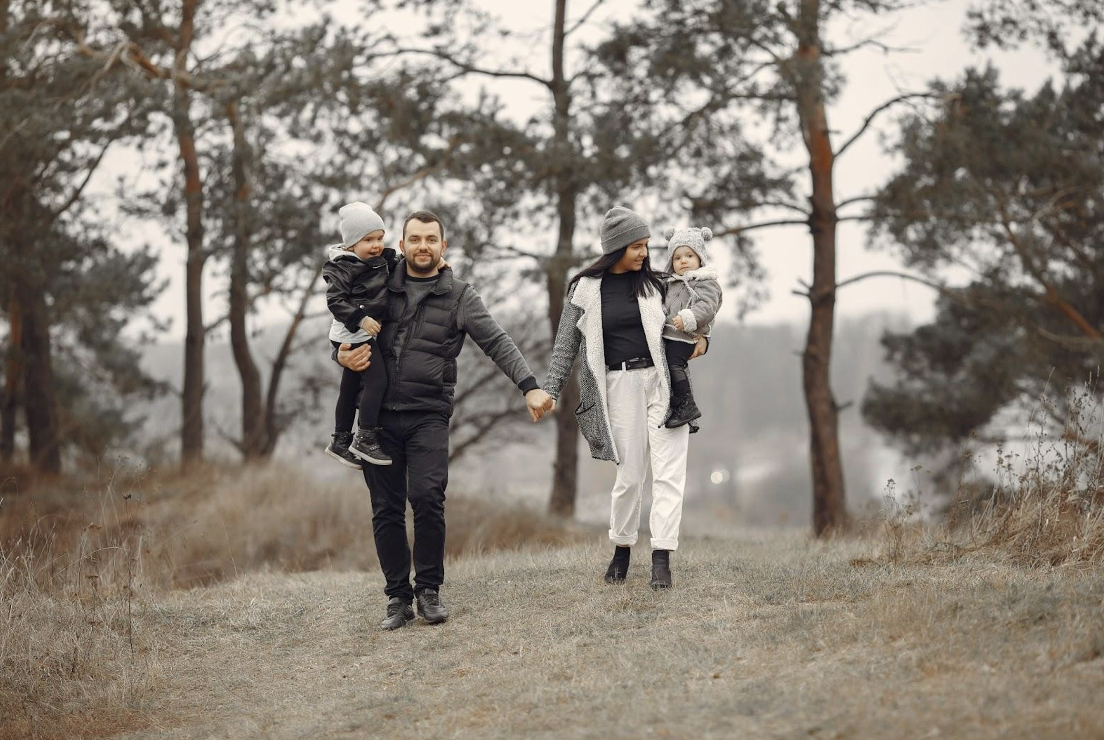10 Ways to Teach Children about Basic First Aid7 min read
You can never be too careful with your kids. There will always be situations where your children will get hurt, scraped, cut, burned, bruised, the list can go on. And no parent ever wants this, but it’s impossible that it will never happen. Kids can be really reckless and get themselves into pretty sticky situations as a result. While you may not always be able to protect them from getting hurt, what you can do is equip them to deal with such situations as much as possible. And this is where the importance of basic first aid knowledge comes in. Your child should know some basic survival strategies to help himself as well as anyone else in his company if needed.
If you use the right methods, understanding first aid can be quite fun and interesting for your child. Try to combine learning with your daily trips, slips falls and accidents and your child will gradually learn what to do when faced with different situations.
Here is a list of 10 ways you can teach your child about basic first aid:
Contents
Make a First Aid Kit Together
Making a first aid kit together is one of the most effective ways of educating your child about the uses of everything that goes into it. Help your child to understand that a first aid kit is nothing close to a toy, but rather something that should be kept handy for emergencies only. As you make your first aid kit together, teach your child about the various Band-Aids, medicines, ointments, creams and so on and how they are important for different injuries. This is a great DIY activity that’s mixed with learning.
Play the Doctor
All of us have seen kids play their own make-believe games where they pretend to be the teacher, or the cook, or the doctor. Many of us have played these games as kids too. Many people believe that children do learn very well through play. Get involved with your child and play a game of doctor together. While playing the game, teach your child about medical emergencies, injuries, and how to best deal with situations whether an adult is present or not. Inculcating lessons when your child is in a relaxed mindset of play will help him to not get scared when you talk about wounds and cuts and blood.
Teach Tips when Treating Wounds
As we mentioned, accidents do happen and if you find yourself in a situation where you’re administering first aid either to your child or someone else in the house, use that opportunity to enlighten your child about what it is that you’re doing. For instance, if your child has just fallen off the bicycle and scraped his knee and comes home sobbing, go grab your first aid kit and a small candy and get to work! Talk your child through every step of what you’re doing while you clean and cover up his knee. This might also be a good distraction from the pain and will help him to calm down. If you can, try involving your child in doing his own first aid too while you supervise.
Breaking Bones
If your child has dolls and bendable toys, you can use them to demonstrate fractures, sprains and how to deal with them. While some kids may not necessarily like to hear about the gory details of injuries, most kids are pretty fascinated by blood and bones and stuff that breaks. You can use your child’s toys to talk about what to do when he or someone around him has a potential sprain or fracture. Explain to him that when a human being’s bones get hurt, that’s when blood comes out. Talk about being patient with someone who has fallen and is in pain. Advise your child to immediately call an adult for help. Calling for help is definitely a significant part of first aid. Also, tell your child that he should help the person who has a hurting bone to sit or lie down in a more comfortable position. Also, tell him to remember never to touch or fidget with a hurting bone.
A Strong Mind
This is a very important part of teaching about basic first aid. Your child needs to be mentally strong to deal with an injury. Teach your child to take deep breaths and calm himself down first if he ever finds himself in such a situation. Panicking will only lead to his brain getting foggy and resulting in him being unable to think on his feet. Having a strong mind will help your child to tune out all unnecessary thoughts and sounds and just focus on what to do next.
Prioritize What to Teach
Although you can never be aware of what could happen at any given time, you need to teach your child to deal with almost anything that comes his way. However, most kids have no patience to sit alert and listen to you talk about first aid for more than a certain period of time. So, before you sit him down to have a discussion, make a priority list of the most common accidents and injuries that you can think of where first aid might be required, and address those first. Here are a few examples: putting ice over a swelling, holding nostrils to stop a bleeding nose, running cold water over a burn, stopping a bleeding wound, etc.
Conduct First Aid Drills
There is absolutely no harm in getting real with your kids. Unless you notice that your child gets uncomfortable around blood and broken bones, don’t hesitate to replicate some fake scenarios where you can teach him about first aid. A fun idea is to use ketchup as fake blood on a body part and teach your child how to dress it. You can also use socks and cotton balls to replicate a swelling. This is a really fun learning experience for your child.
‘Might’ not ‘Will’
Please try to not scare your kid right off the bat! Describing all the gory details and putting pressure on how your child has to deal with such a situation might just make him run away to his room with fear. Avoid telling your kid that something will happen. Instead, gently imply that certain things might happen, and if they do then your child needs to be able to cope with them effectively. Children are literally mini adults and they know how to apply knowledge when it is needed. So, don’t worry about your child too much, he’ll be just fine.
Call for Help
Tell your child that sometimes the best first aid he can administer is to simply call for help. Whether it is calling an adult or a helpline number, reassure your child that even doing this much is a big deal and a great help to the person in need. It is not a kid’s job to assess a medical situation, but raising an alarm and asking for help is the most appropriate solution during a medical emergency.
Don’t Jump into A Pool to Save Another if You Don’t Know How to Swim!
At the end of the day, your child is still but a child. Teach him to focus on his personal safety first. This may seem selfish, but it is really important for your child to be smart rather than jeopardizing himself for someone else. Tell your child to prioritize his safety before drowning to save someone else. Your goal is to teach your kid basic first aid to help himself and someone else. However, that in no way means that he should start trying to fix others’ problems all on his own. Teach your child to understand when a certain situation requires first aid and when it doesn’t. For instance, an accident on the road, or someone who has burnt themselves is not what your child needs to worry about.
Basic First Aid
Teaching your child about basic first aid is extremely important. However, don’t burden him with more information than he needs or put unnecessary pressure on him. Use these different ways to equip your kid with how to deal with different situations where first aid might be needed. Try to make first aid an interesting topic and don’t take things too seriously.





